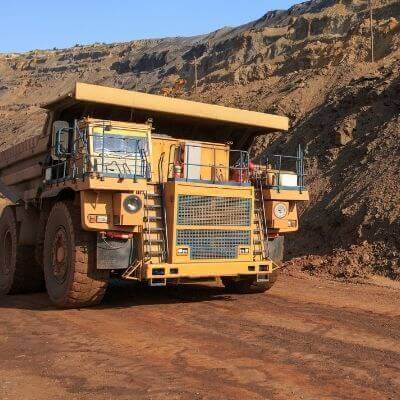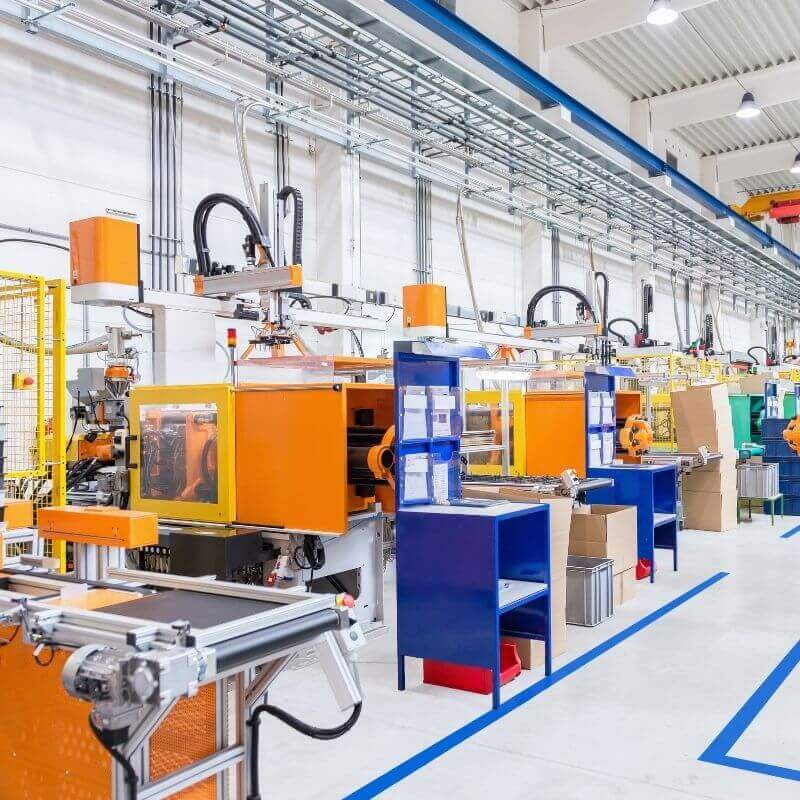Home » Occupational Hygiene » Dust & Respirable Silica Monitoring & Analysis
Dust & Respirable Silica
Monitoring & Analysis
Exposure to respirable silica can lead to silicosis, a condition resulting from prolonged exposure to dust containing silica. Silicosis causes slow progressive fibrosis of the lungs and impairment of lung function. It is a chronic condition usually caused by elevated exposure to respirable crystalline dust containing quartz or cristobalite.
HSE Australia conducts air monitoring and dust sampling to determine exposure levels to respirable crystalline silica. We then assist in the implementation of controls to reduce the exposure risk.
Get in touch to arrange air monitoring and dust testing for respirable crystalline silica.
Our services include:
Monitoring of exposure levels both “on the person” and “of the environment”.
If declared safe, our qualified and experienced Occupational Hygienist will take samples.
Lab analysis of samples taken during the assessment will be analysed in our NATA accredited laboratory
Request a Quote
Please provide us with some details.

Dust & Respirable Silica Monitoring & Analysis
Dust containing respirable crystalline silica is generated from the crushing of rock containing crystalline silica and the dry cutting of concrete and engineered stone products.
Possible sources of respirable crystalline silica can be from the mining and quarrying of rock, including quartzite, granite, slate and even limestone, where quartz seams are found.
HSE Australia conducts air monitoring (silica exposure monitoring) and silica dust testing to measure personal and positional exposure to respirable dust. Samples are analysed for quartz and cristobalite content to establish the presence of respirable crystalline quartz, which determines the level of risk it poses to a person’s health and dictates the controls required to reduce exposure.
Because there is no effective treatment for silicosis, controlling exposure to respirable crystalline silica dust is critical. Using engineering controls to limit exposure, in conjunction with the use of correctly fitted respiratory protective equipment, can prevent the inhalation of respirable dust and reduce the risk of silicosis.
Dust Monitoring - Personal & Stationary Monitoring
In industries such as construction, manufacturing, quarrying or mining respirable dust and respirable silica can be present from the cutting and grinding of stone, concrete, brickwork or tiles.
It is important to be aware of the health risks associated with this dust and to develop and implement control measures to protect workers from exposure.
Dust monitoring helps to identify high-dust areas and ensures that workers are not exposed to dust levels that exceed the exposure limit.
There are several ways to monitor dust levels in the workplace, including:
Stationary Dust Monitoring – this involves collecting air samples at a predefined location for a certain amount of time, then sending it to a laboratory for analysis. This can be used to measure the level of respirable crystalline silica in the air e.g., at a workshop or factory.
Personal Dust Monitoring – this involves the worker wearing an air sampling device that draws an air sample while the worker is conducting his work. Samples are then analysed in a specialised laboratory.
When choosing a method of dust monitoring, it is important to consider the set-up of the workplace, the kind of material that is processed, existing control measures and the duration of potential exposure for workers.
Monitoring, Sampling & Analysis of Dust
HSE Australia offers a wide range of Occupational Hygiene and Risk Management Services in the area such as Air Quality and Dust Monitoring. Get in touch for an individual quote.
Request a call back
Solving problems others find difficult...for clients in

Frequently asked Questions
Health Safety Environment Australia
Is there silica in limestone?
Yes, limestone can be a source respirable silica. The amount (percentage) can vary from almost zero to a few percent.
What is Silicosis?
Silicosis is a long-term lung disease caused by inhaling unsafe levels of crystalline silica (quartz, cristobalite and /or tridymite dust) usually over a period of many years.
What is Respirable Crystalline Silica?
Respirable crystalline silica is crystalline silica particles generated from cutting, grinding, polishing concrete, engineered stone, granite, sandstone shale or slate.
Is all dust harmfull?
Yes, dust containing crystalline silica, in the respirable size range is harmful and may cause silicosis after long term uncontrolled exposure. But other dust that may not contain crystalline silica can also cause throat and respiratory irritation and asthma.
What are the Workplace Exposure Limits for crystalline silica?
The WEL for quartz is an 8 hour time weighted average of 0.05 mg/m3. If a work shift is longer than 8 hours, the WEL would be even lower to protect workers as their exposure time is longer.
What kind of mask should I wear?
HSE Australia always recommends to check with your industry body or to approach companies with a similar set-up to yours to determine what type/style/brand is common in your industry or line of business. Our specialists can assess the amount of dust and silica present and recommend a few types/styles/brands.
What products contain Crystalline Silica?
There are hundreds of products available that contain sands, stone, minerals, or a compound material that, when being crushed, cut, ground or drilled through, produce respirable crystalline silica dust. Typical products are e.g. fibre cement sheets, stone benchtops, concrete pavers, or ceramic and porcelain tiles. Long term exposure to crystalline silica dust can lead to a lung disease called silicosis, which is why some products contain explicit warnings.
What is Silica Exposure Monitoring?
The process of evaluating the level the exposure of workers to respirable silica dust at their workplace is called "Silica Exposure Monitoring". This involves using a small sampling device (sampling cyclone) connected to an air sampling pump that is attached to the worker’s shirt collar, within their breathing zone, and that collects the respirable particles from the air while the employee is working. Samples are usually collected over a working day ( 8 -12 hours) and monitoring on other days or shifts can be carried out. The samples are then analysed in a laboratory to determine the weight of the respirable dust and the respirable quartz present on the filter.
One Source Many Solutions
Over the past 15 years we developed the ability to quickly understand and respond to our clients’ needs. We are “solving problems others find difficult…”.
We offer our clients an enviable team of specialists working with associates and other external experts, driving and delivering fit for purpose, tailored single sourced solutions for you.








